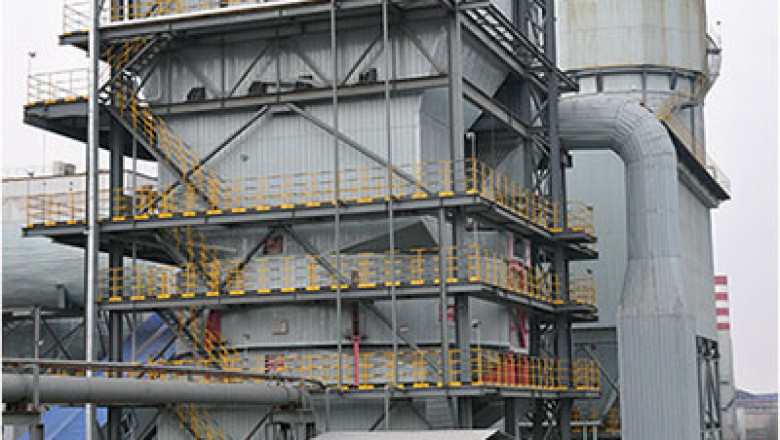views
Industrial flue gas treatment is a vital environmental process used to minimize the emission of harmful gases from industries such as power generation, cement, chemicals, and metal processing. With increasing global focus on environmental sustainability and stricter emission regulations, the demand for efficient flue gas treatment systems has significantly increased. The industrial flue gas treatment market is expected to witness substantial growth in the coming years, driven by both regulatory mandates and technological advancements.
Market Overview
The global industrial flue gas treatment market was valued at USD 60.5 billion in 2023 and is projected to grow at a CAGR of approximately 6.8% from 2024 to 2030. This growth is attributed to increasing investments in industrial infrastructure, rapid industrialization in emerging economies, and the rising importance of air quality control measures.
Key Market Drivers
-
Stringent Environmental Regulations:
Governments across the world have enforced strict regulations to curb industrial emissions. The Clean Air Act (U.S.), EU Industrial Emissions Directive, and China’s Air Pollution Prevention and Control Action Plan are examples of initiatives mandating the use of flue gas treatment systems. -
Rising Energy Demand:
The increasing demand for electricity, especially from coal-based power plants in developing regions, is boosting the need for flue gas desulfurization (FGD) and other pollution control technologies. -
Technological Innovations:
Advancements in treatment technologies such as selective catalytic reduction (SCR), dry sorbent injection, and electrostatic precipitators are making emission control more efficient and cost-effective, encouraging adoption across sectors. -
Corporate Sustainability Initiatives:
Many large industrial corporations are proactively investing in emission reduction technologies to align with global sustainability goals and improve their environmental, social, and governance (ESG) ratings.
Market Segmentation
The market can be segmented based on treatment technology, pollutant type, end-user industry, and region.
-
By Technology:
-
Flue Gas Desulfurization (FGD)
-
Selective Catalytic Reduction (SCR)
-
Electrostatic Precipitators (ESP)
-
Fabric Filters
-
Wet and Dry Scrubbers
-
-
By Pollutant Type:
-
Sulfur Oxides (SOx)
-
Nitrogen Oxides (NOx)
-
Particulate Matter
-
Mercury & Other Heavy Metals
-
-
By End-User Industry:
-
Power Generation
-
Cement
-
Chemicals & Petrochemicals
-
Metals & Mining
-
Pulp & Paper
-
-
By Region:
-
North America
-
Europe
-
Asia-Pacific
-
Latin America
-
Middle East & Africa
-
Regional Insights
Asia-Pacific dominates the industrial flue gas treatment market, primarily due to heavy industrial activity in China, India, and Southeast Asian nations. Government-backed initiatives aimed at reducing air pollution and a growing number of coal-fired power plants are driving the demand in this region.
Europe is a mature market with high adoption of advanced treatment technologies. Strict EU regulations and a focus on renewable energy are also influencing market dynamics.
North America continues to invest in emission control, especially in the U.S. where environmental compliance is mandatory for most industries.
Future Outlook
As the industrial sector transitions towards cleaner and more sustainable operations, the market for flue gas treatment systems will continue to grow. Innovations such as carbon capture technologies and hybrid treatment systems will play a pivotal role in shaping the market’s future. Moreover, the integration of AI and IoT in emission monitoring systems is expected to further optimize flue gas treatment processes.
By 2030, the market is expected to surpass USD 100 billion, with the power generation and cement sectors holding the largest share. Strategic partnerships, R&D investments, and government subsidies will continue to influence the competitive landscape.
Conclusion
The industrial flue gas treatment market stands at the intersection of environmental responsibility and industrial growth. As emission standards become more rigorous and public awareness about air pollution increases, companies will be compelled to invest in effective flue gas treatment solutions. The market’s growth is not just a regulatory necessity but a crucial step toward a sustainable industrial future.






















Comments
0 comment